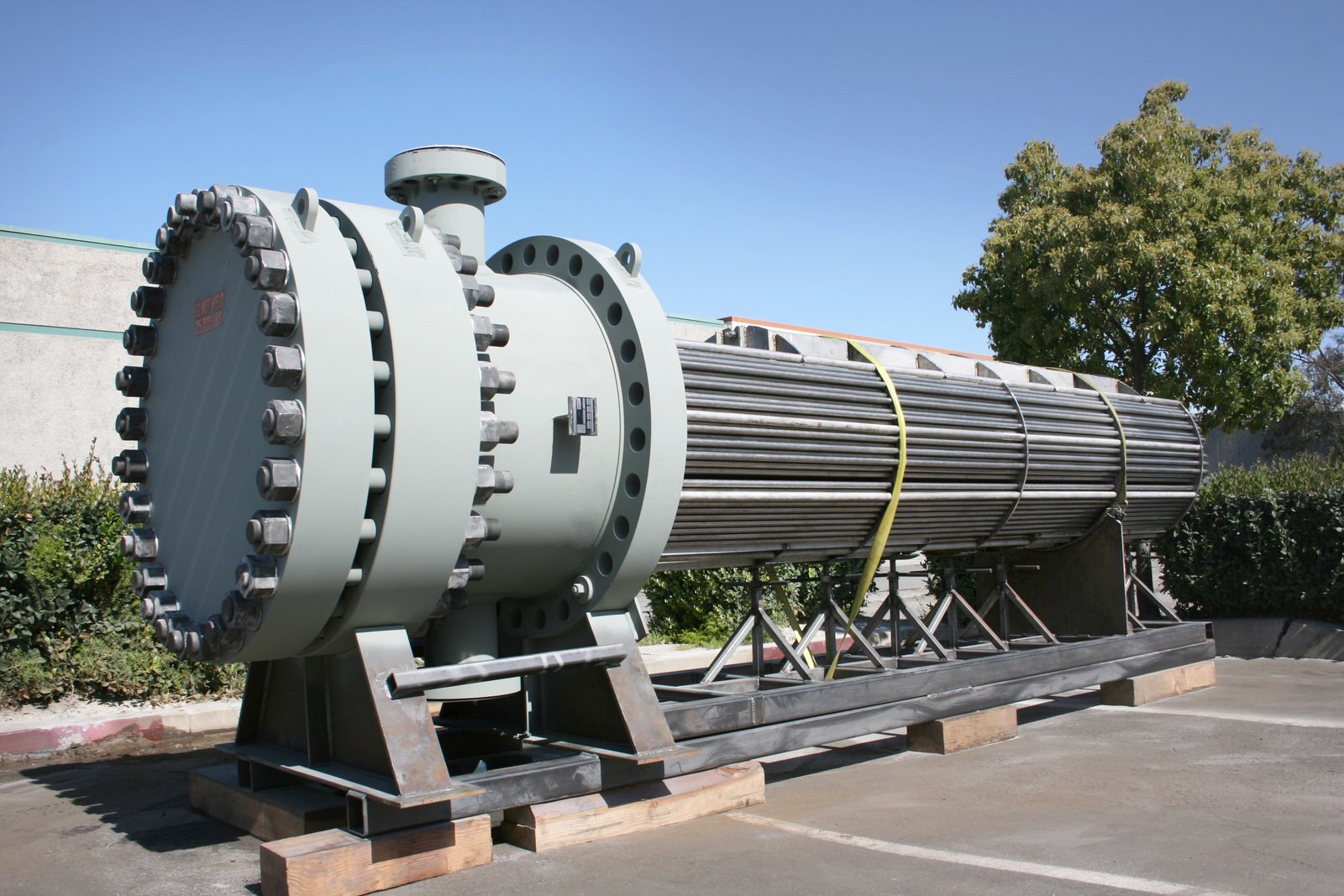Heat exchangers are the unsung heroes of countless industrial processes, quietly working behind the scenes to regulate temperatures, maximize efficiency, and conserve energy. With a multitude of options available, choosing the right heat exchanger for your specific application can seem daunting. Fear not! In this guide, we’ll explore some of the most common types of heat exchangers, their unique features, and the industries they serve.
Shell and Tube Heat Exchangers:
- Overview: Shell and tube heat exchangers are among the most widely used types, known for their robustness and versatility.
- Design: They consist of a shell (outer vessel) with a bundle of tubes inside. One fluid flows through the tubes while the other flows around them, facilitating heat transfer.
- Applications: Commonly used in power plants, chemical processing, oil refineries, and HVAC systems due to their ability to handle high pressures and temperature differentials.
Plate Heat Exchangers:
- Overview: Plate heat exchangers utilize a series of metal plates to facilitate heat transfer between two fluids.
- Design: The fluids flow in separate channels formed by the plates, allowing for efficient heat exchange through the thin walls.
- Applications: Widely used in food and beverage processing, HVAC systems, refrigeration, and industrial heating applications due to their compact size, high heat transfer rates, and ease of maintenance.
Shell and Coil Heat Exchangers:
- Overview: Shell and coil heat exchangers, also known as ‘pipe-in-pipe’ exchangers, consist of a shell filled with a coiled tube.
- Design: One fluid flows through the coil while the other surrounds it in the shell, facilitating heat transfer through the coil walls.
- Applications: Commonly used in swimming pool heaters, water heating systems, and solar water heaters due to their simplicity, reliability, and cost-effectiveness.
Plate Fin Heat Exchangers:
- Overview: Plate fin heat exchangers utilize a series of flat, finned plates to increase the surface area for heat transfer.
- Design: The fins create channels for fluid flow, maximizing contact with the plates and enhancing heat transfer efficiency.
- Applications: Found in aerospace applications, air compressors, refrigeration systems, and gas turbine engines due to their lightweight construction and high heat transfer rates.
Double-Pipe Heat Exchangers:
- Overview: Double-pipe heat exchangers consist of two concentric pipes through which the hot and cold fluids flow in opposite directions.
- Design: Heat is transferred through the inner pipe wall from the hot fluid to the cold fluid, with minimal mixing.
- Applications: Commonly used in laboratories, small-scale heating and cooling systems, and process industries requiring simple and economical heat transfer solutions.
In conclusion, the world of heat exchangers offers a diverse array of options to suit every industrial need. Whether you require high efficiency, compact design, or cost-effectiveness, there’s a heat exchanger out there tailored to meet your requirements. At Premier Thermal Tech, we specialize in providing customized heat exchanger solutions backed by expertise, innovation, and a commitment to excellence. Let us help you find the perfect heat exchanger for your application and take your operations to the next level.


